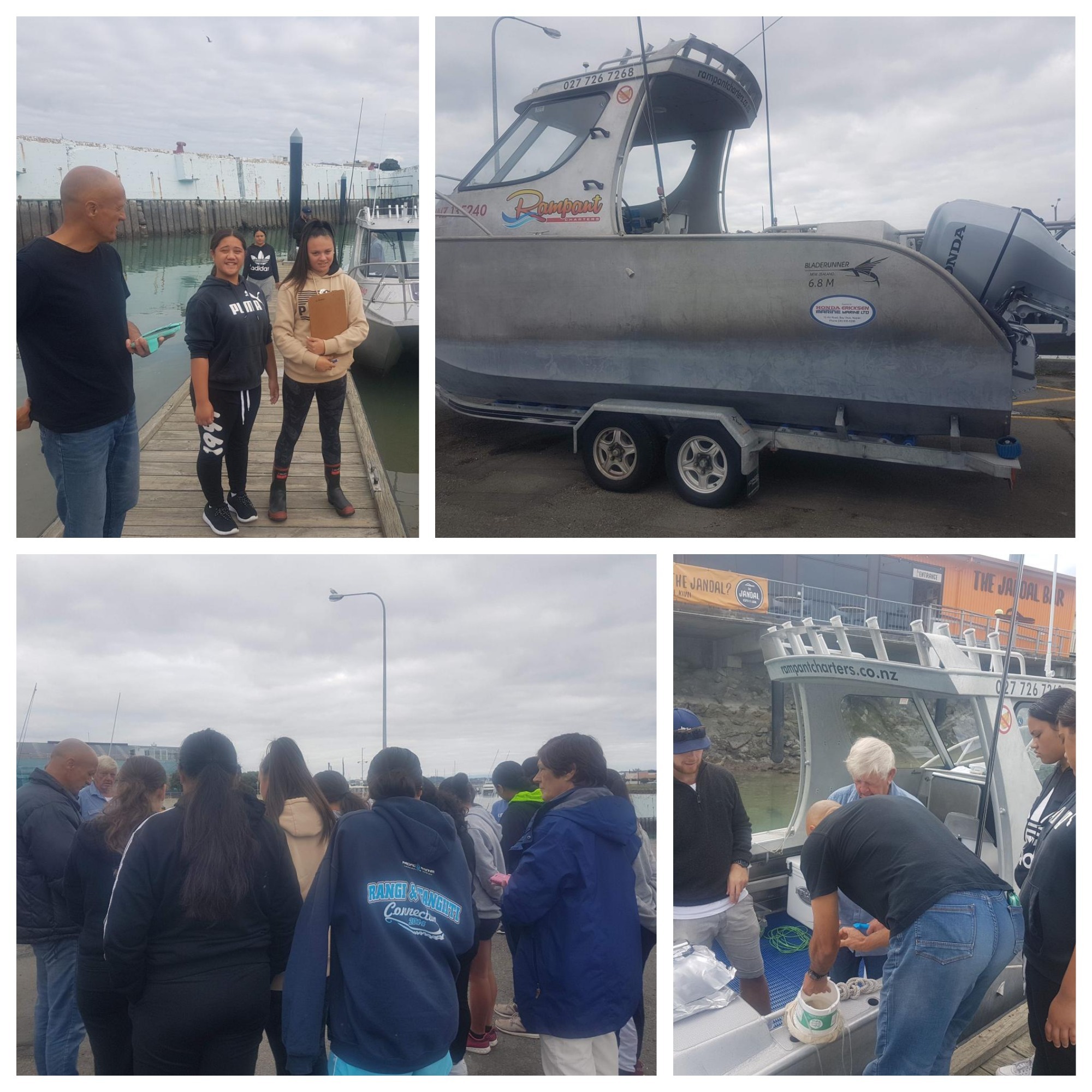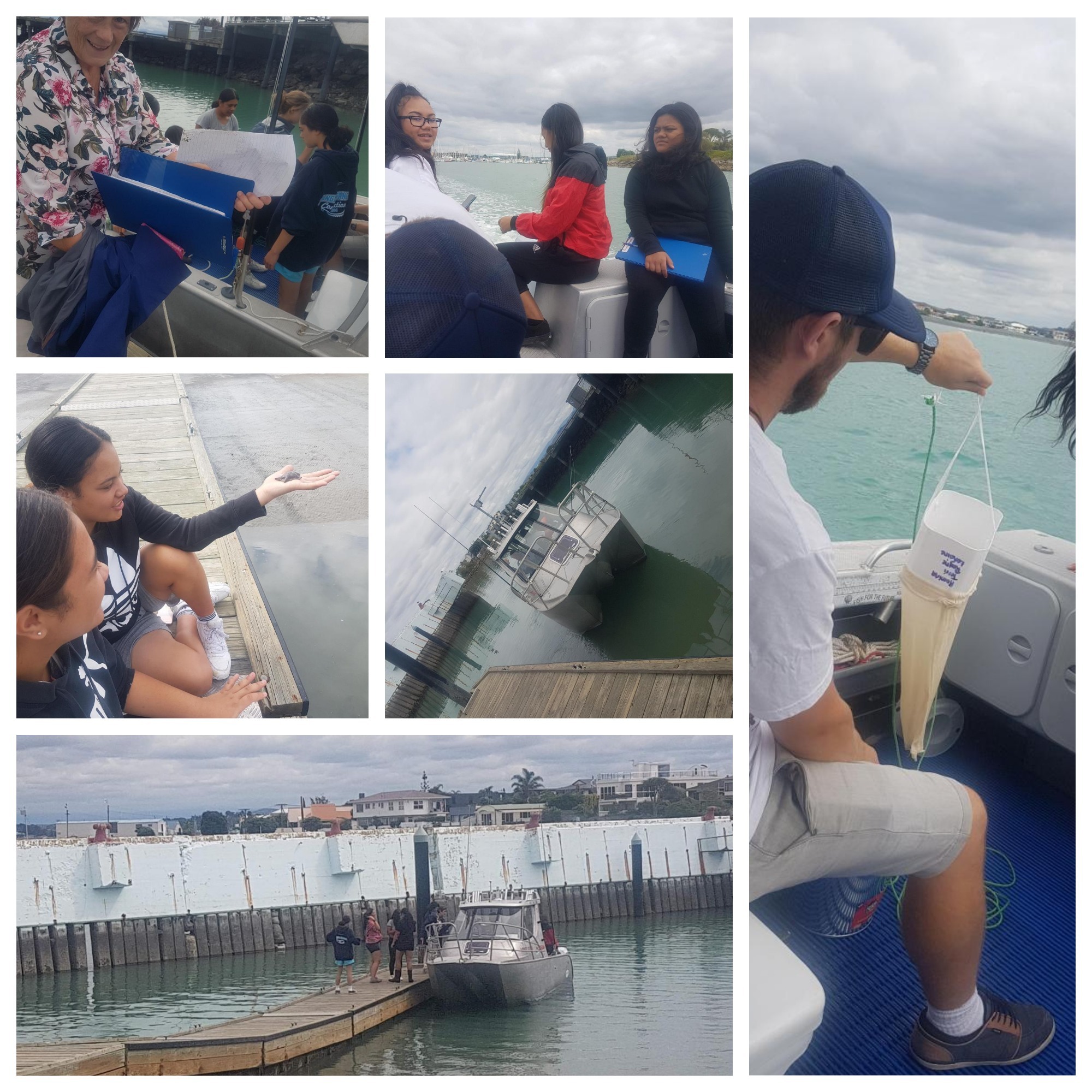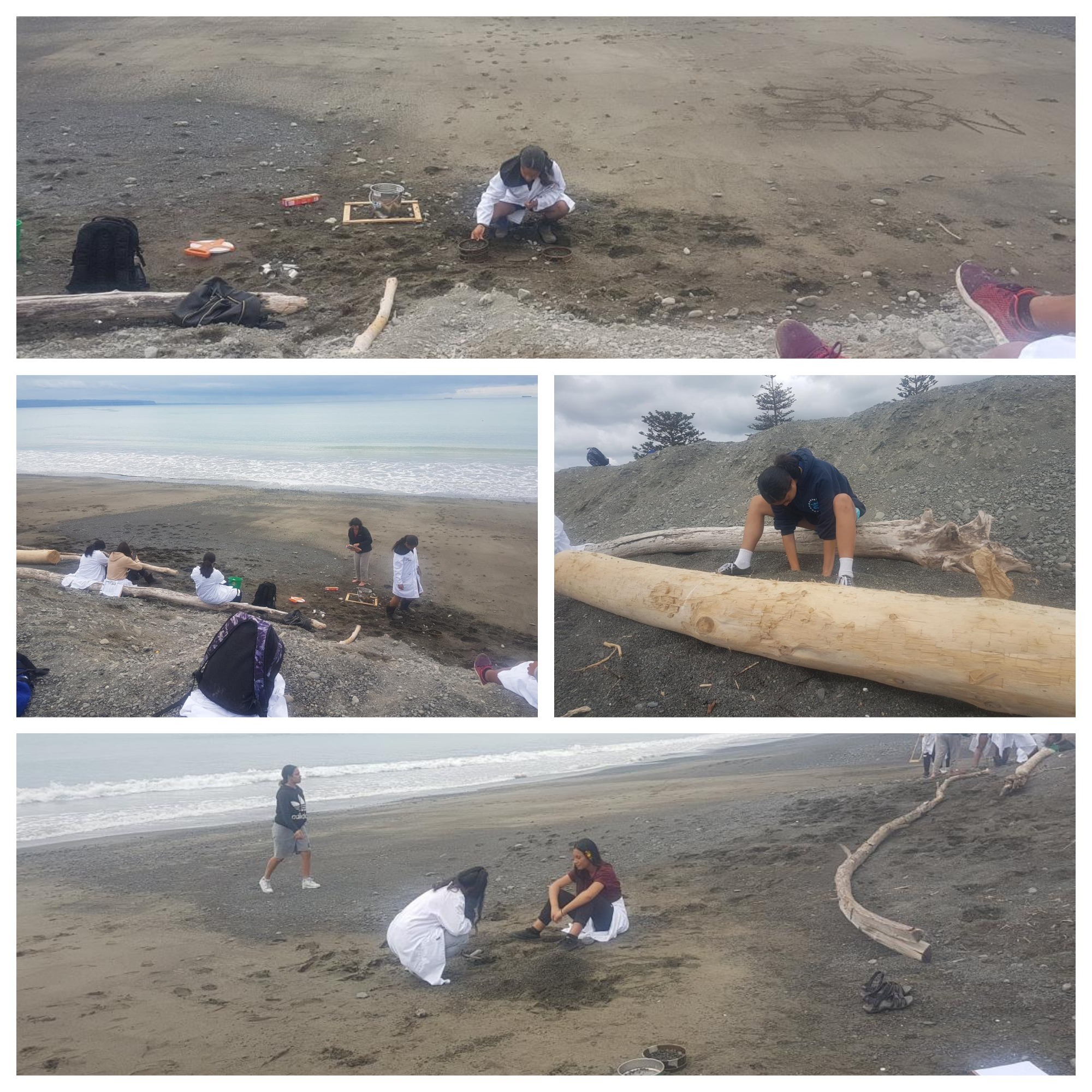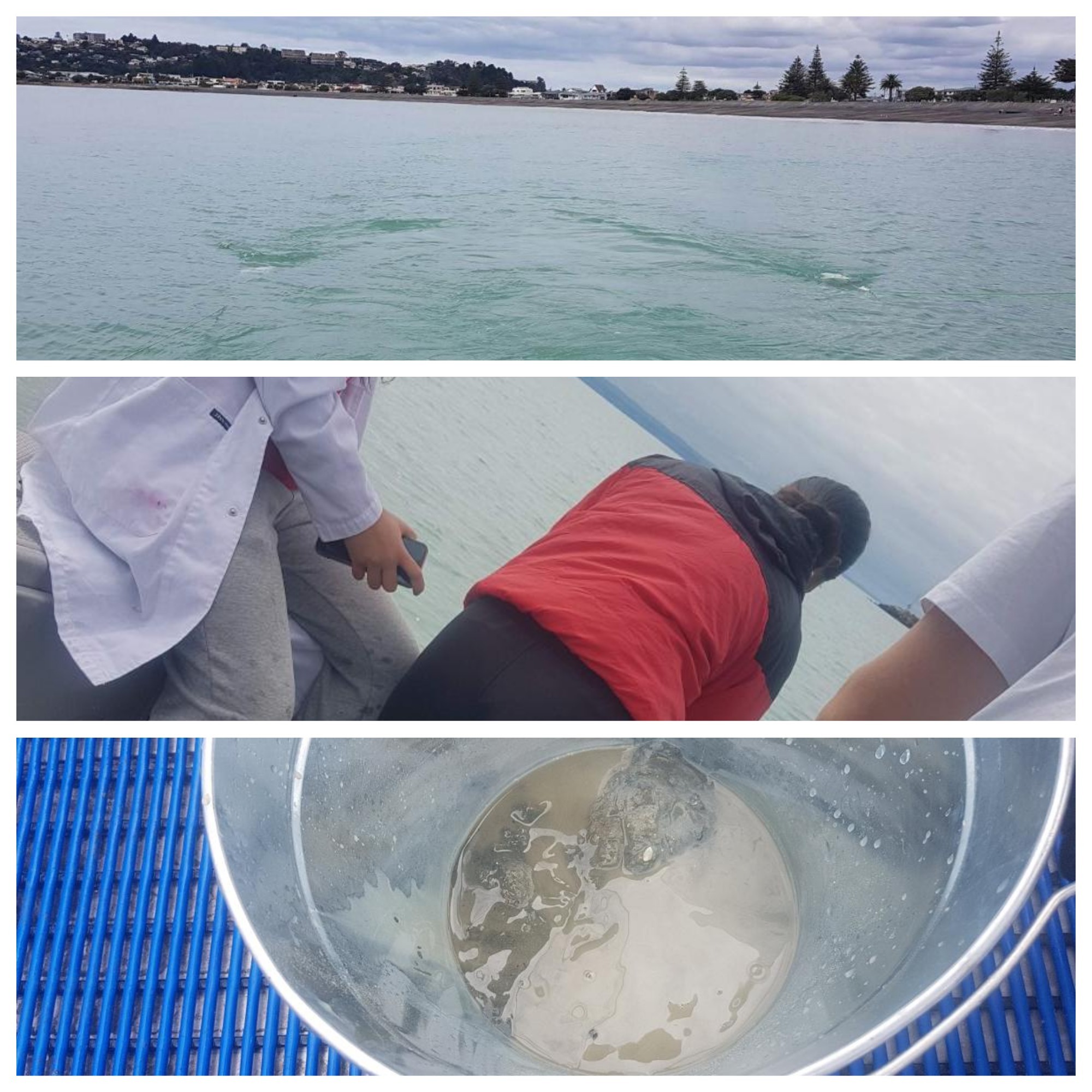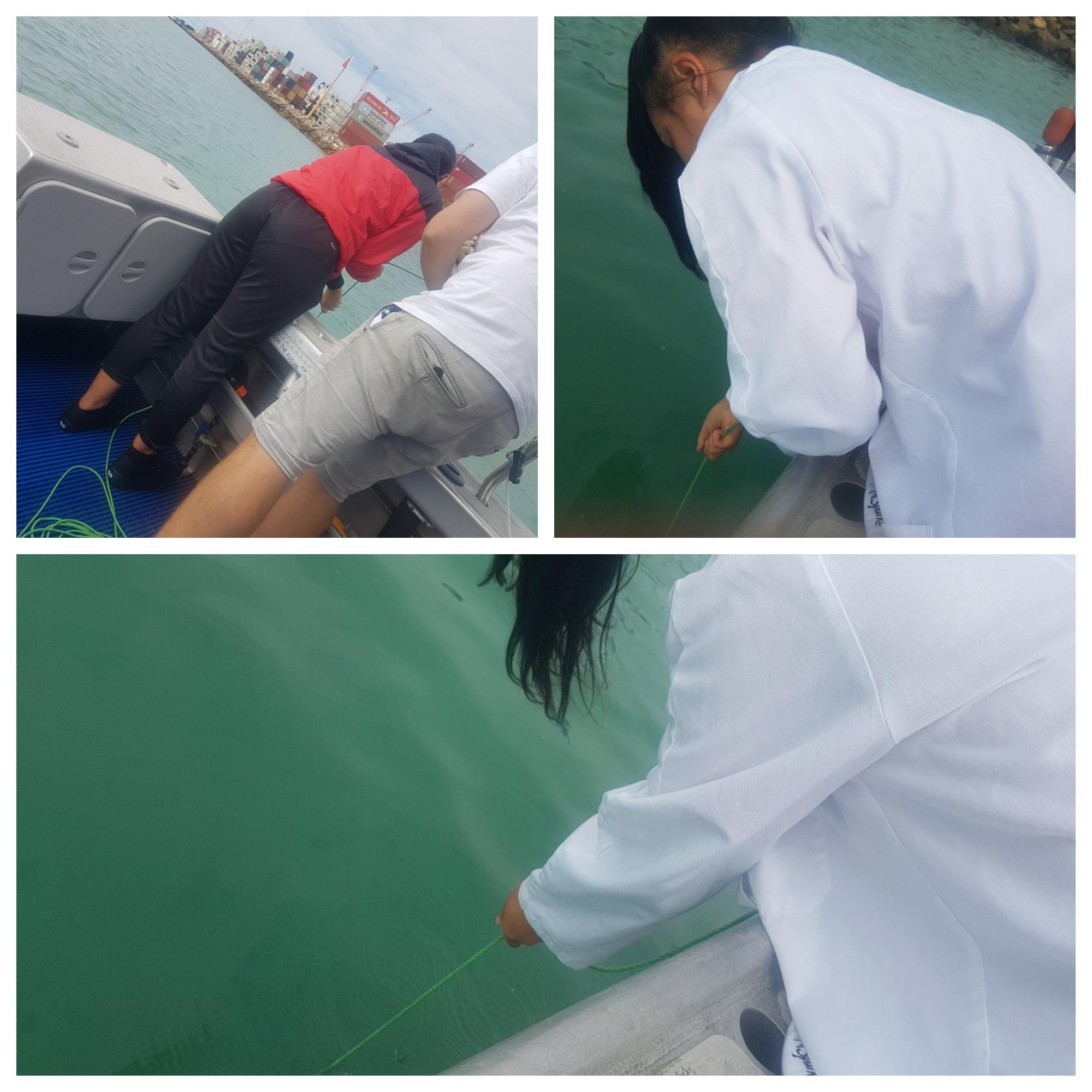Microplastics Westshore Napier
Rangatahi participated in Indigenous Sparks™ first microplastic beach investigation along the harbour and coastal area of Napier. Microplastics are a major challenge facing global economies. BBC reports findings in the stomachs of many marine organisms from plankton species to whales. NZ researchers advocate that chemical additives can leach out of microplastics into the ocean; conversely, contaminants from the water may adhere to microplastics. There is ongoing research currently underway in NZ to determine whether these contaminants may transfer through the food chain.
‘Dead whale washed up in Philippines had 40kg of plastic bags in its stomach’ (BBC News report, 22nd March 2019).
“https://www.bbc.com/news/av/science-environment-47666059/dead-whale-had-40kg-of-plastic-in-its-stomach”
Working in collaboration with Dr Kate Parker, Scion Science centre, students learnt how to sample, analyse and separate microplastics from sandy beaches. Drawing upon resources from the National Oceanic and Atmospheric Administration (NOAA National Ocean Service, Marine Debris Program), our Napier students focused on applying these techniques to the shores, harbour and oceans around their city.
‘Microplastics are plastic particles smaller than 5.0 mm in size (Arthur et al. 2009). Our girls learnt that there are two main ways microplastics are formed and enter a body of water: primary and secondary microplastics (Arthur et al. 2009)’. Primary microplastics are manufactured as microbeads, capsules, fibres or pellets. Many such microbeads are used in cosmetics and personal care products, industrial scrubbers for abrasive blast cleaning, microfibers used in textiles, and virgin resin pellets used in plastic manufacturing processes. Students did not find much microplastics in the surface sand of the beach.
Students enjoyed the opportunity of trawling the ocean, relying upon licensed and experienced skipper Graeme to guide the experience along the Westshore Marina. Rangatahi were very excited to try a range of devices for collecting samples and were fascinated by the plastic debris retrieved. Initial sweeps of the harbour showed water bottles, milk jugs, thrown into the water.
Students learnt to operate a grab sampler to collect a sediment from the ocean floor.
Samples initially analysed by students for microplastics. Few microplastics were discovered.


